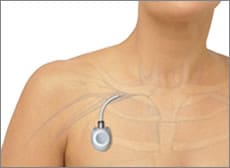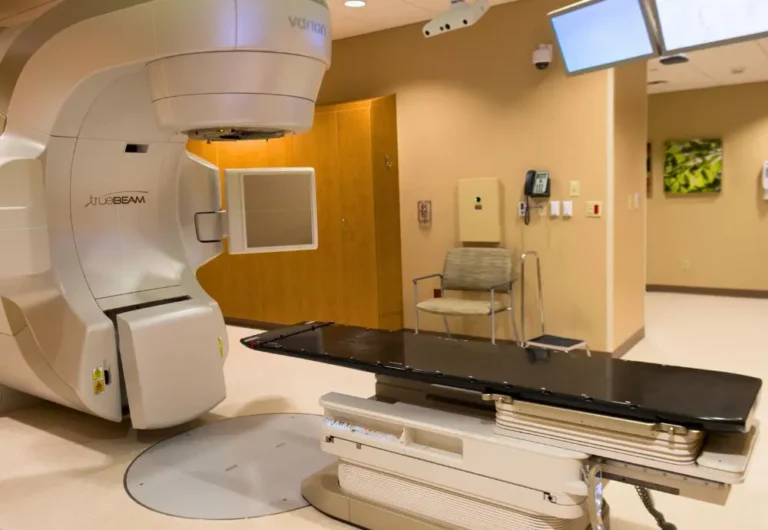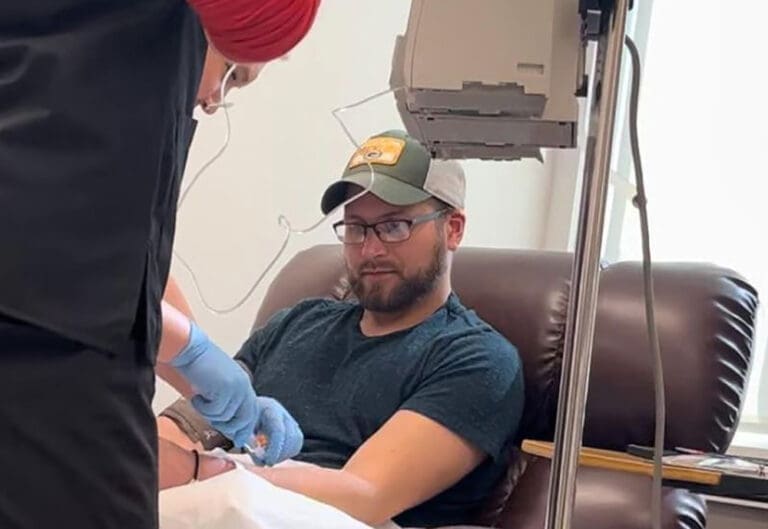Most of our patients who receive chemotherapy, and some patients who receive other therapies for blood disorders, have had a port catheter (or port for short) placed by recommendation of their medical provider for very good reason. A port catheter is a device placed “centrally” into a large, main vein and is generally located in the upper chest area. It is an alternative to an intravenous catheter (or IV for short), a device placed “peripherally” into an arm or hand. In comparing a port to an IV, there are advantages, disadvantages and risks to both.
Advantages of a port:
- Access to a port is into the port mechanism; not directly into the vein. This avoids puncture wounds and damage directly to the vein.
- The port is generally very visible and easily felt, resulting in safer, more efficient access than an IV site. A safe, suitable IV access site can be difficult to locate for some patients.
- Some medications, can cause serious, sometimes permanent, tissue damage if they come in contact with the skin. This can occur more easily with an IV access, but would be very rare with a port.
- The port access site is prepared with a sterile technique; IV access is a clean technique.
- The port can be used for delivering fluids, medications and transfusions; for drawing labs; and for PET/CT dye injections for scans (power ports). IV access with treatment generally requires two venipunctures; one for lab draws and then the IV access for treatment.
- The port can remain accessed with a needle up to seven days if no complications arise; an IV is generally limited to four days.
- The port can be permanent and used as long as it is needed; IV access is always temporary. Ports can be removed if no longer needed.
Disadvantages of a port:
- If the port is not being used at least every four weeks, it must be flushed to keep it safe for use.
- Port placement requires a surgical procedure; IV access does not.
There are risks to both port and IV procedures. These risks are very low.
- Infection
- Occlusion or blockage of line
- Dislodgement of port or line
- Damage to the port
A port is a very useful tool for both the patient and the healthcare team.








